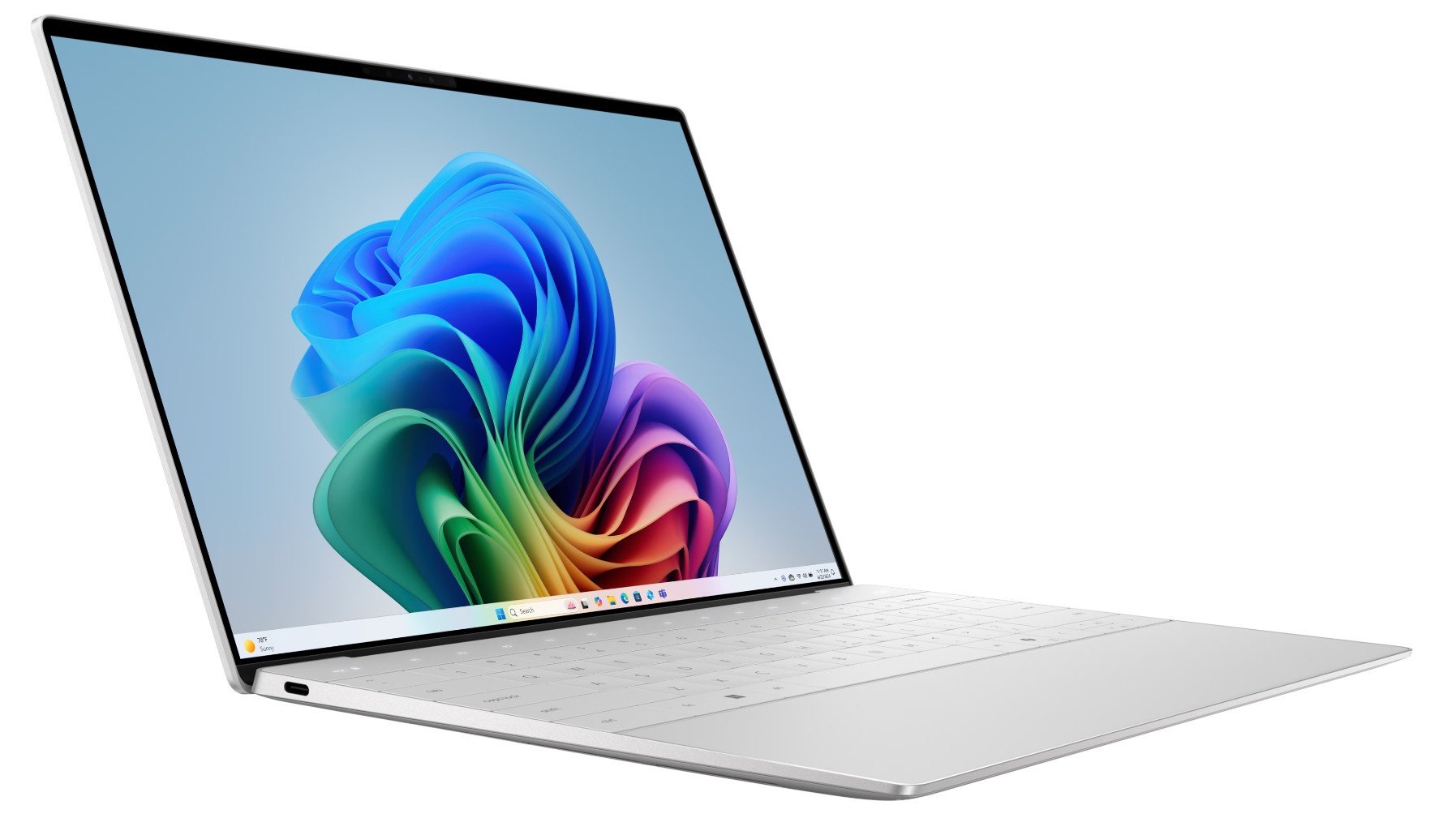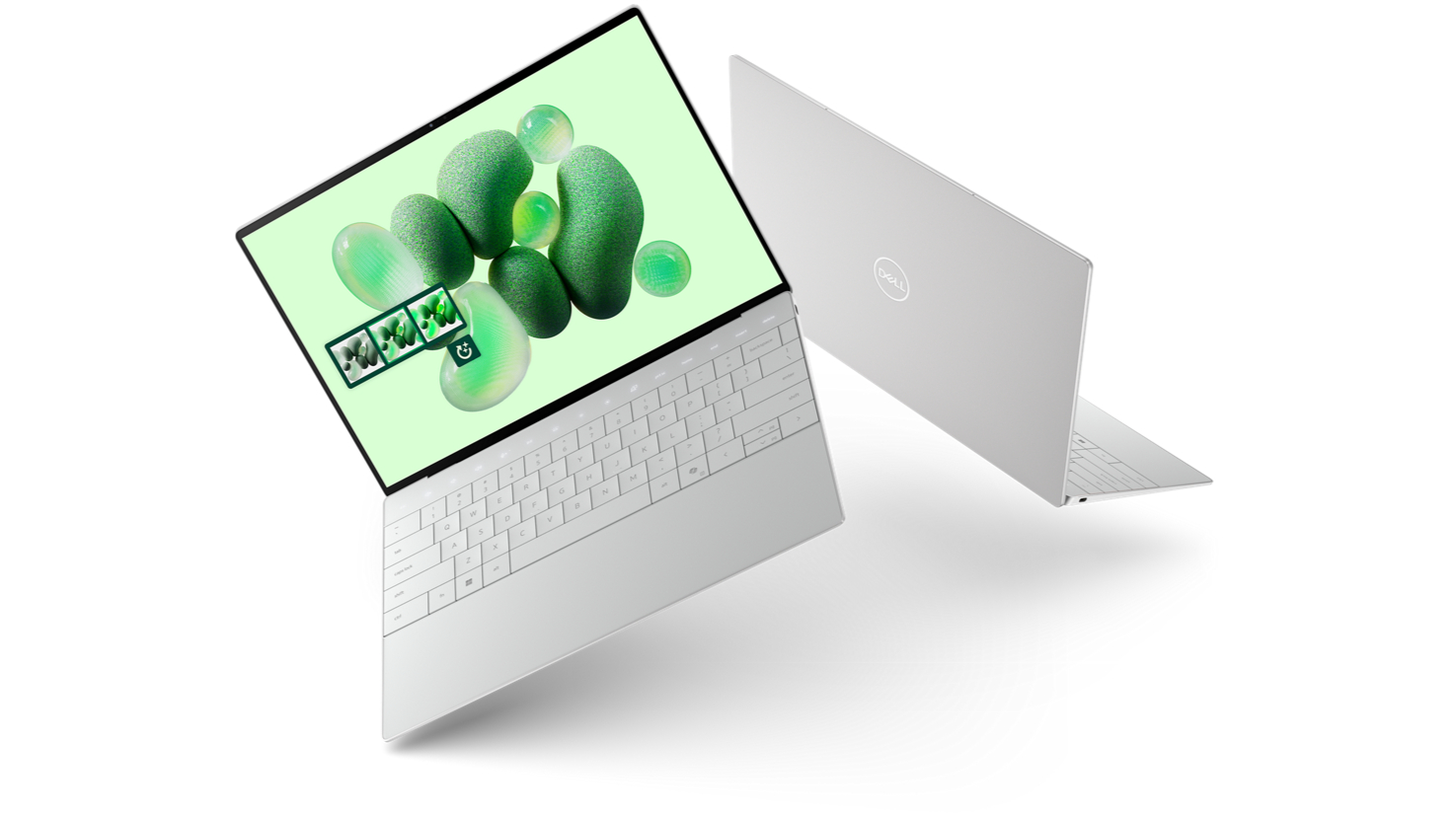The iPad Pro’s Tandem OLED tech is coming to more Windows laptops says LG – and that’s embarrassing for MacBooks
With Dell’s XPS 13 already out there with Tandem OLED, and the OLED MacBook such a long way off, it’s not a great look for Apple

LG just announced that it’s cranking up the assembly lines for its Tandem OLED panels for laptops – as seen already on the iPad Pro M4 tablets – and the displays are now officially in mass production.
In a press release, LG told us that it has “started mass production of the industry’s first 13-inch Tandem OLED panel for laptops,” but in fact these panels are already onboard the Dell XPS 13, a freshly launched Copilot+ PC running the new Windows 11 24H2.
So, it seems that notebook-wise, the production lines must have been running in some form before now to equip those Dell laptops with their 13.4-inch OLED with a pin-sharp 3K resolution – and these screens will soon debut in a lot more Windows 11 laptops (which will probably be Copilot+ PCs, too).
Is that embarrassing for Apple? Well, kind of, as the company obviously made a pretty big song and dance about Tandem OLED coming to the refreshed iPad Pro with its Ultra Retina XDR display – and we found the screen didn’t disappoint in our review of the tablet (far from it).
But what really compounds the awkwardness for Apple here is that while Windows 11 laptops are already out there with these fancy Tandem OLED panels, an OLED MacBook model is not even remotely close, if the rumor mill is right. Indeed, the latest speculation points to a 2026 launch for the OLED MacBook.

Analysis: Is this really such a big deal? Well, yes – kind of
So, there’s a potentially long wait for Tandem OLED to pep up MacBooks. It won’t happen next year, by all accounts, and past rumors have even raised the idea that Apple could put off the OLED upgrade for its laptops until 2027 (apply seasoning, as ever).
Is a screen really that big of a deal, though? It’s not like MacBooks don’t have great displays already, but the new Tandem OLED tech is really something – not just for the quality of the screen, but as LG points out in its fresh press release, there are benefits in terms of reliability and lifespan of the display, too. Not to mention power consumption – helping to get a beefier battery life – and enabling the panel to be thinner, too.
Get daily insight, inspiration and deals in your inbox
Sign up for breaking news, reviews, opinion, top tech deals, and more.
With a thinner screen, you can have a thinner laptop overall, and indeed the new Dell XPS 13 illustrates this as the OLED version is 0.5mm slimmer than the models without an OLED screen (it’s 14.8mm, so super-svelte). With Apple’s current philosophy around a new ‘thin’ era (kicked off with the ‘thinpossible’ OLED iPad Pro), we can imagine this will usher in the slimmest ever MacBooks – just not for a long time yet.
Finally, what seems bad for Apple here is that it simply looks well off the pace of cutting-edge technology in this respect. Here’s Dell (and other Windows 11 laptop makers soon) toting Tandem OLED screens in notebooks you can actually buy now, and the MacBook is lagging behind in this next-gen display race, and indeed is nowhere to be seen for now. It’s not a great look, though we don’t doubt that when the rumored OLED MacBook does appear, Apple will pull out every single stop to make it shine.
You might also like...
Darren is a freelancer writing news and features for TechRadar (and occasionally T3) across a broad range of computing topics including CPUs, GPUs, various other hardware, VPNs, antivirus and more. He has written about tech for the best part of three decades, and writes books in his spare time (his debut novel - 'I Know What You Did Last Supper' - was published by Hachette UK in 2013).